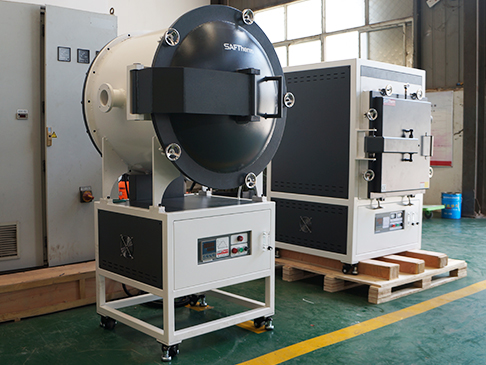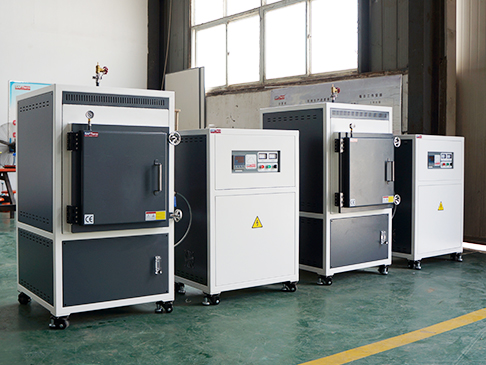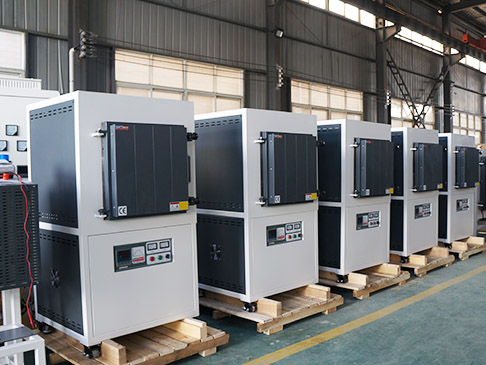
vacuum furnace structure:
The structure of vacuum furnace is generally composed of main engine, furnace chamber, electric heating device, sealed furnace shell, vacuum system, power supply system, temperature control system and outside furnace transport vehicle.

what is an Inert Atmosphere furnace?
Inert atmosphere furnaces are devices purpose-built for heat-treating applications that need inert atmosphere protection. This protection means that the work is not subject to oxidation. This article will explain in more detail what an inert atmosphere furnace is and how it is used.

he atmosphere in industrial furnaces can either encourage or prevent chemical reactions. When the industrial furnace atmosphere acts as a carrier, it reacts with the surface of the metal being treated to create an environment that supports the processes like hardening.

Different Types of Muffle Furnace
The high-temperature Muffle Furnace is used as heating equipment in the laboratory. Below are mentioned various types of muffle furnaces that are used for different purposes:
Box-type furnace
The box-type high-temperature furnace, as its name implies, is similar to

While many of our furnaces can handle the wide range of applications that “muffle furnaces” used to handle, there are still industries and processes that require the tight separation provided by a formal retort-based design.

What Is the Difference Between Hot Air Oven and Muffle Furnace?
We have often observed that people who are ordering muffle furnace from us, get confused between their requirement. People ask for muffle furnace to operate at some 300°C. Well, the temperature range largely depends on the type of industry, it is going to serve. Now, to understand the difference between the furnace and hot air oven, we first need to understand their basic usage and principle.

TransTemp transparent tube furnace
The TransTemp transparent tube furnace was originally developed at the Lincoln Laboratory on the campus of MIT. Unlike conventional furnaces, the TransTemp becomes transparent at approximately 600°C, which makes it possible to see a process as it takes place inside the furnace. TransTemp transparent furnaces use a gold mirror that reflects infrared radation and acts as an insulator. The use of only a gold mirror for insulation minimizes mass and allows for very fast heat up and cool down rates. The maximum recommended operating temperature of the TransTemp tube furnace is 1000°C.

1200°C box furnace. Featuring an integrated control system, Thermcraft’s 1200°C Express Line lab furnace has a vertical lift door that ensures hot door insulation that faces away from the user. Likewise, a safety switch interrupts power when the door is open. The processing of steel parts, drying, preheating, and curing are typical applications.

In principle, the difference between a laboratory chamber furnace and an industrial chamber furnace is the size. Industrial furnaces tend to process larger batches of material, whereas laboratory furnaces are
Submit Request